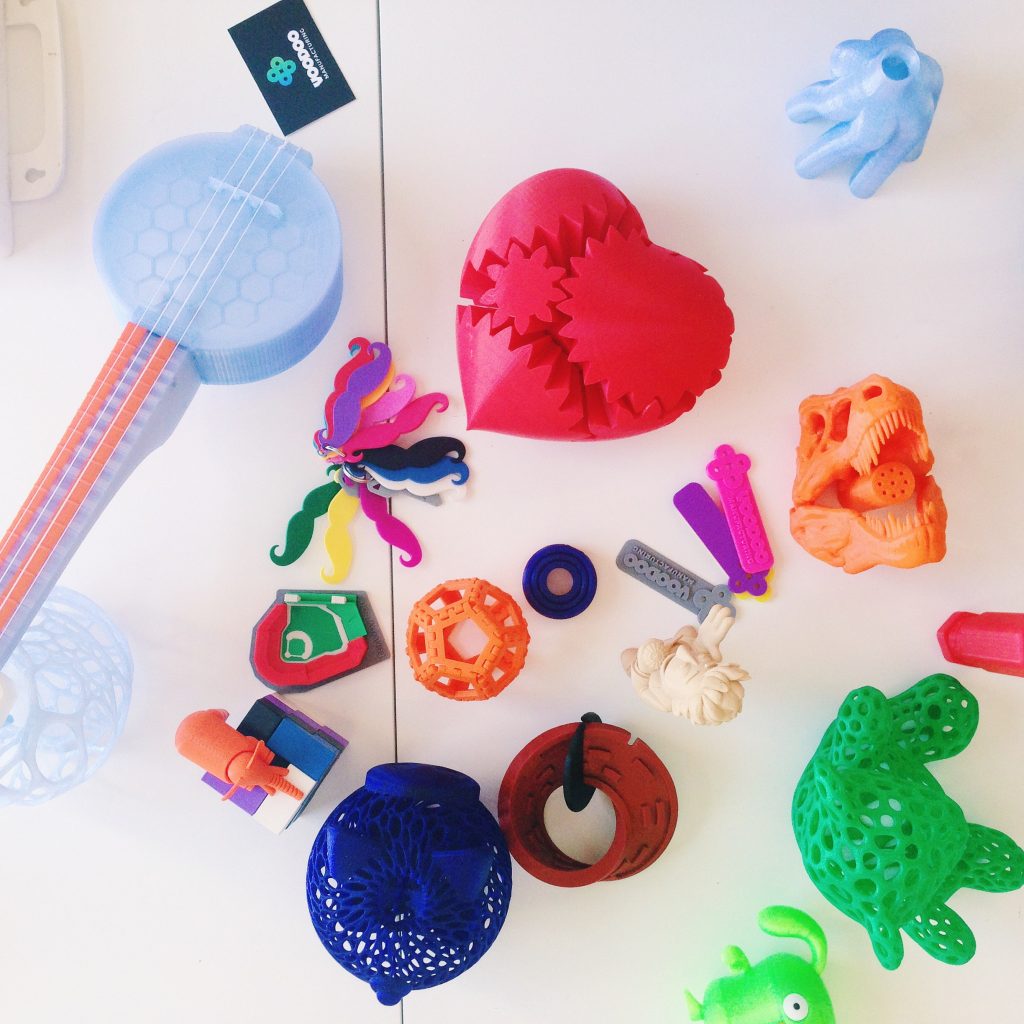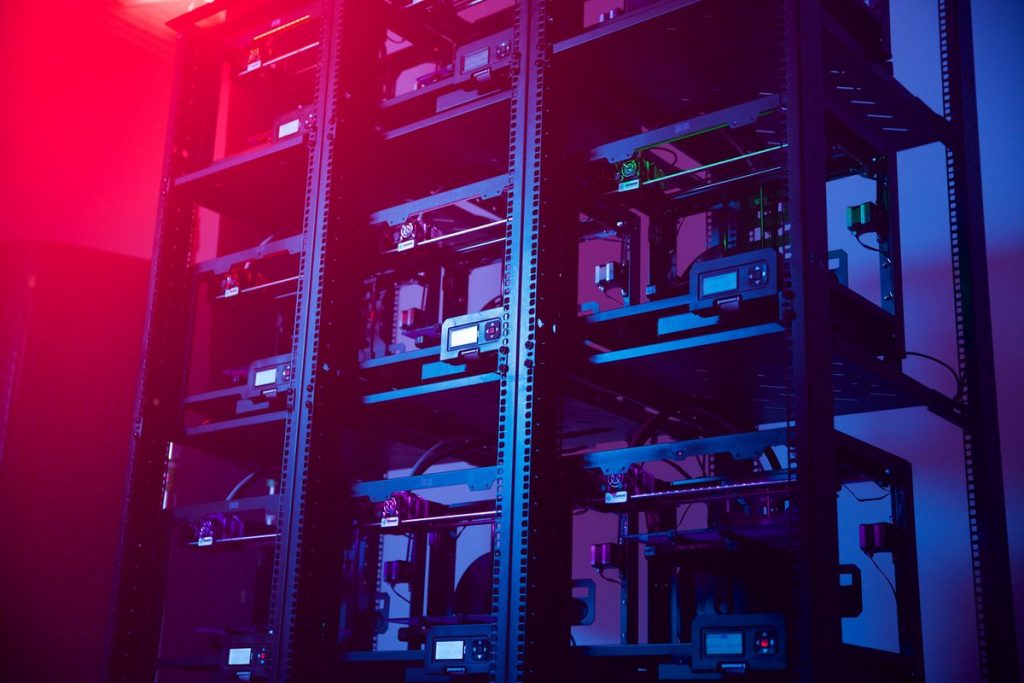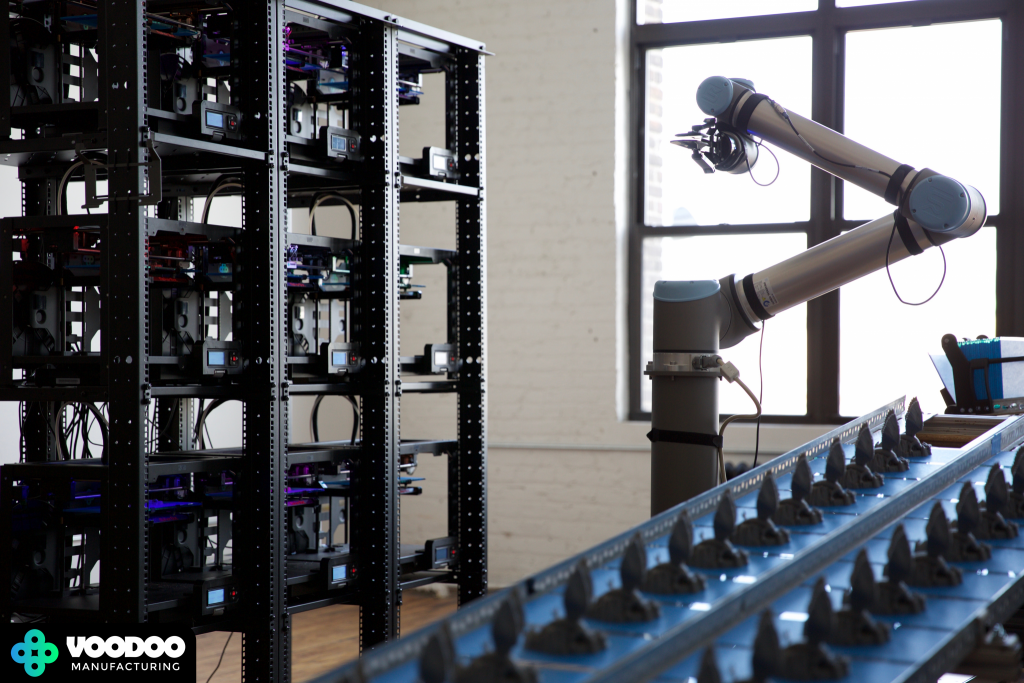In this article looking at the future of 3D printing, Voodoo Manufacturing CEO Max Friefeld discusses the combination of automation with additive manufacturing, and how digital factories might change traditional business models.
For the past 15 years, 3D printing has been in a transitional period. Originally used as a prototyping tool in a small number of industries, today it’s possible to affordably manufacture finished products with 3D printing.
The trend in the next five years is just that ― using 3D printing for end-use applications in everyday products. We think the future of 3D printing promises manufacturing at lower costs with increased agility because that’s what we do at Voodoo: print everyday plastic parts that compete with injection molding.
Regardless of the number of machines required to achieve that end, digital manufacturing at a scale similar to injection molding is not necessarily a feat of hardware engineering. It all comes down to the software driving the automation behind the machines.

Driving the industry forward
From our perspective, the most impactful way to drive the 3D printing industry forward is to shift from a product or hardware based manufacturing philosophy to one that is process or software based. Digital manufacturing enables us to make giant steps towards that shift. Rather than requiring a huge amount of expertise to get started, digital manufacturing is becoming a task that can be outsourced, automated, and scaled like software.
We see the combination of software and 3D printing as something instantly scalable with predictable unit costs and little-to-no charge for design modifications. Customization and agile product development are free of charge with 3D printing, so it’s no longer necessary to create single objects in bulk to hit an economy of scale.
You don’t need to look too far into history to see that this kind of paradigm shift tends to have incredible impact. Consider web development prior to 2006 when storing and maintaining servers was cumbersome, inaccessible, and far from plug and play ― drastically limiting the players able to participate in the landscape of web-based apps and businesses.
The game changed when Amazon launched AWS, which enabled developers and entrepreneurs to build up the internet without shouldering the burden of establishing web hosting infrastructure. What resulted was Web 2.0, and the more democratized internet we know today. Now you can event host a small website entirely for free on AWS.
Automated e-commerce stacks like Shopify and Squarespace have even further outsourced the workload of developers and entrepreneurs, making it easier than ever to enter the market. Similarly, the future of custom manufacturing will be digital, automated, and outsourced to create large runs of integrated parts.

Collaborative Robots
The use of robotics in manufacturing is not exactly new ― industrial robotic automation is a 50 year old manufacturing concept hallmarked by the use of expensive, dangerous, high-powered robots. Think GM car-manufacturing line, which you probably saw in Super Bowl commercials about 10 years ago.
Collaborative robots have just started to emerge in the past decade. They are designed to interact with human workers to execute complementary tasks and do not require expensive safety equipment. Thus far, this form of robotics has been mostly confined to research labs. But in the last few years, Festo, Kuka and ABB are starting to release low-cost collaborative robot arms, while startups like MiR and Fetch are making collaborative mobile bases.
In the near future, we expect the use of collaborative robots to expand from labs into full blown manufacturing operations. Thanks to the open source nature of the software that powers them, collaborative robots are not only easier to get up and running, but more adaptable to process updates than their industrial predecessors. “Co-bots” turn hardware problems into software problems, and make factories more flexible.
Manufacturing left the US due to lower labor costs overseas, but it’s worth pointing out that any additive manufacturing facility could benefit from the use of collaborative robots to reduce labor costs. Taken a step further, the integration of “co-bots” could make the US a key player in manufacturing again.

Conclusion
With the addition of software ingenuity and process engineering, desktop 3D printing has emerged as a viable pathway for manufacturing everyday items. However, 3D printing is just a means to an end when it comes to the goal of offering nimble manufacturing.
While traditional manufacturing requires a steadfast product focus in order to hit an economy of scale, digital factories offer a process-based alternative that essentially provides the reverse. Whether digital factories manufacture the same item over and over again is operationally irrelevant. With 3D printing it’s possible to manufacture infinite variations of a product using the same process.
If you look at digital manufacturing as a whole, we are following any contemporary technology being commoditized, which includes laser cutting and knitting machines –– not just technologies for manufacturing plastics.
The manufacturing applications of 3D printing will continue to broaden as the technology develops, but the existing landscape of desktop 3D printers ― and our ability to harness them en masse with software ― can already bring tremendous value to anyone interested in putting an idea into production.
You can find more information about Voodoo Manufacturing here.
If you’d like to give your perspective on the future of 3D printing, get in touch.
For more 3D printing insights and analysis, subscribe to our free newsletter and follow our active social media accounts.


